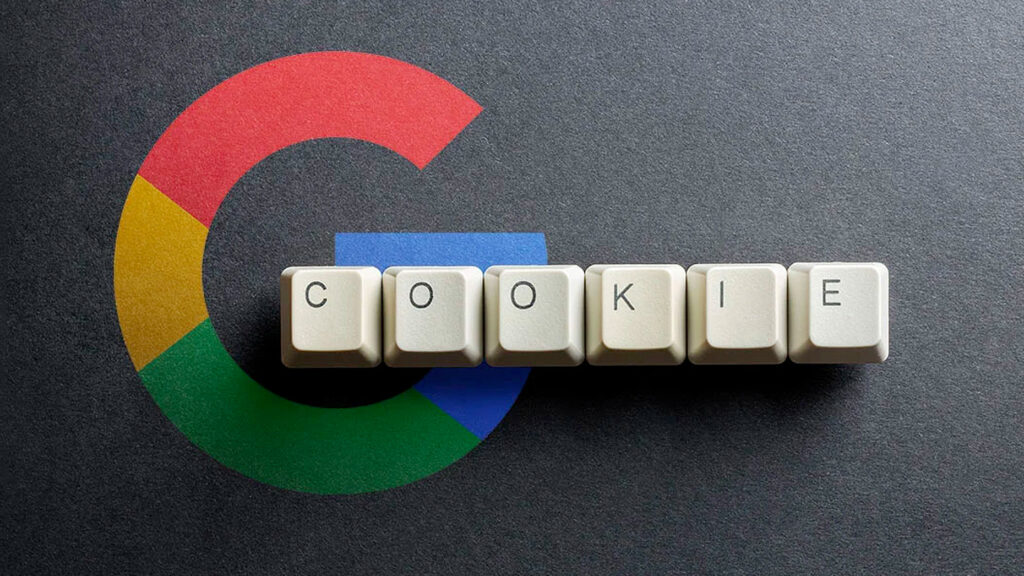The customer journey is an ever-evolving relationship. Continued technological innovations coupled with rising customer expectations of trusted digital experiences make 2023 a critical year for brands. Companies that wish to remain competitive must strive to create more personalized and seamless experiences for their customers. Your brand and its customers are in a relationship – and as with any strong relationship, the customer journey evolves over time and is truly never complete. Customers aren’t a static quantity for you to acquire, but rather partnerships to be curated and nurtured. Assuming your customer journey process is complete is a surefire way to alienate current and potential consumers. The customer journey is a forever project, which can make ongoing efforts feel overwhelming. However, there are relationship peaks to ascend each year. Here are the six customer trends for 2023 that can help you advance your customer journey relationships to the next level.
Beyond Basic Personalization – It’s Time to Go Deeper
Some level of personalization across digital channels is common these days. Customers expect brands to understand their unique needs and preferences and to tailor their experiences accordingly. Product recommendations based on purchase history and customer service interactions customized to specific needs are now standard and expected.
Businesses that aim to stay ahead of the wave rather than fall behind must invest in data-driven technology to collect and analyze customer data in real-time. It’s time to check your MarTech stack and ensure you have everything you need to accomplish your personalization goals for the year. This is a vital step as the information lets you personalize customer interactions and provide more relevant experiences. While the messaging of personalization is nothing new, the standard for execution continues to climb. Twilio found 85% of brands believe they offer personalized customer experience, but only 60% of consumers agree.
While the messaging of personalization is nothing new, the standard for execution continues to climb.
One side of the relationship may think tactics are working, but the realized impact is far less. It’s expected that brands approach personalization earnestly rather than with minimal effort. Adding a potentially pejorative nickname to your “personalized” email campaigns doesn’t count, and actually gives the impression that you can’t remember your customers’ names. Even if you do use names and other basic information, you’re doing the bare minimum. In a relationship, you make sure you know your partner’s likes and dislikes along with myriad other small but important facts that determine how and when you interact with them. Personalization isn’t about checking boxes; it’s about expressing your interest and care for the other person. Is it easy? No. However, figuring it out can help you foster an incredible group of deeply loyal customers for your brand.
The Rise of AI – Keep an Eye on it, But Don’t Rush
New technologies come and go. Don’t get lost in the hype of AI. That said, don’t ignore it either. Virtual reality had a wave. Blockchain had a wave. Many brands that tried to capitalize on the buzz of these technologies ultimately failed. However, those that used it in the right way are still making advancements.
Add new technologies and applications with a critical mind. Chatbots have demonstrable value, but AI isn’t yet ready to replace the human element in every communication. Don’t kid yourself into thinking it will.
However, chatbots within customer service fulfill a valuable service as they can answer questions about account balance, FAQs, and transactions, which reduces wait times and helps funnel questions that require a human representative to the correct avenue. The easiest way to assess the value of AI for your brand is to ask how it will improve the customer journey. If it won’t, then don’t use it. If you think it will, then thoroughly test it before you jump into the deep end of the pool.
AI is the hot thing. It’s something you need to watch, as it might advance digital experiences for your customers. Take your time and don’t add AI to your strategy unless it can deliver a positive impact for your customers.
Multi-Channel Integration is Key – That Means Every Interaction Matters
Customers expect to interact with brands through a range of channels, including email, phone, social media, and chat. Businesses must ensure that all these channels integrate seamlessly and that the customer experience is smooth across all touchpoints. 61% of customers report switching to a competitor after a bad experience. One bad encounter (digital or otherwise) is enough to turn away a customer – and with no shortage of companies to choose from, today’s customers won’t waste time on a brand that sees interactions as one-way.
Embrace a focus on a deep understanding of customers, and use this information to deliver consistent experiences across all channels.
For example, if a customer begins a chat with a business on their website, that customer should have the ability to continue that conversation through email or over the phone without having to repeat information. To achieve this level of optimized customer experience, embrace a focus on a deep understanding of customers and use this information to deliver consistent experiences across all channels. You could build the most personalized email campaign possible, but if your social media presence doesn’t match, customers will notice the uneven treatment.
The customer journey is complicated and filled with twists and turns. Your job is to ensure each digital and non-digital interaction is optimized for maximum customer value and impact.
Expand Your View of Voice of Customer (VOC) to Know what Customers Really Think
Listening to customer feedback is crucial for businesses to improve the customer journey. Customers will actively tell you their thoughts and problems, but it’s up to you to listen and take corresponding actions.
Find the balance between seeking customer feedback and having customers provide comments through customer satisfaction surveys, social media monitoring, and feedback forms. Once you receive feedback, it’s time to act on it and show customers that their opinions and experiences matter. For example, a restaurant that regularly collects customer feedback on its menu items can make changes based on that feedback to improve customers’ dining experiences and increase the rate of return customers. Making positive changes is always good for business, but making positive changes explicitly requested by customers adds value and personability to your brand. Everyone wants to feel like they’re listened to. No one would stay with a partner who ignores them but still asks for everything in return. Listen to your customers on their journey and meet them where they’re at.
Data Privacy is Critical – Make Sure it’s Not an Afterthought
Data privacy is a serious concern for customers and businesses alike. As technology continues to grow in every industry, there’s a greater emphasis on protecting customer data while ensuring it’s used responsibly and ethically. There’s an implied agreement with shared data – you as the recipient and manager of the data are responsible. Using data responsibly can create fantastic improvements for both sides, but a lack of action or greedy assumptions that your barebones security and practices are enough will only drive customers away.
Data sharing, just like the overall customer journey, is a two-way relationship that a customer can end if you don’t hold up your end of the agreement.
Transparency and communication regarding customer data collection, storage, and usage are non-negotiable. Invest in technology and processes to ensure customer data is secure and demonstrate your commitment to protecting it. Staying in compliance with local laws is one thing, but customers will express their discomfort with overly aggressive and invasive tactics. Data sharing, just like the overall customer journey, is a two-way relationship that a customer can end if you don’t hold up your end of the agreement.
Remember This is the Customer Journey, Not the Brand Journey
Customers are savvier today, which means a complacent customer journey approach will yield diminished results. Customer journey success means understanding the different stages of the journey and what customers need and expect at each stage. Making assumptions about what a customer wants or is looking for is a strong sign that there’s a mismatch between what you want customers to do and where your customers actually are. Not every prospective customer is the same, as everyone is looking for something unique to them.
For instance, customers in the awareness stage may be more interested in educational content, while those in the consideration stage may be looking for detailed product information. By understanding the needs and preferences of customers at each stage of the journey, businesses can create more personalized and effective experiences that produce loyal customers.
Next Best Steps
The customer journey will continue to evolve in 2023 and beyond, with new trends emerging as we all strive to create better experiences for customers. Adapting with the times and leveraging advancements makes the endless journey manageable and actionable. However, knowing and understanding the task at hand doesn’t make finding a solution any easier. When the stakes are high, it’s time to call a professional partner for help. BlastX Consulting provides strategic, digital experience advice, and implementation services to help brands drive deeper customer relationships using data-driven insights to optimize the digital experience. Contact us today to learn more.

